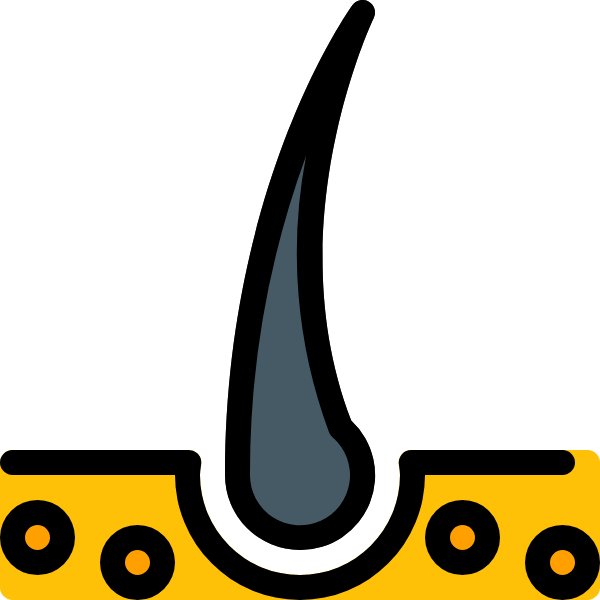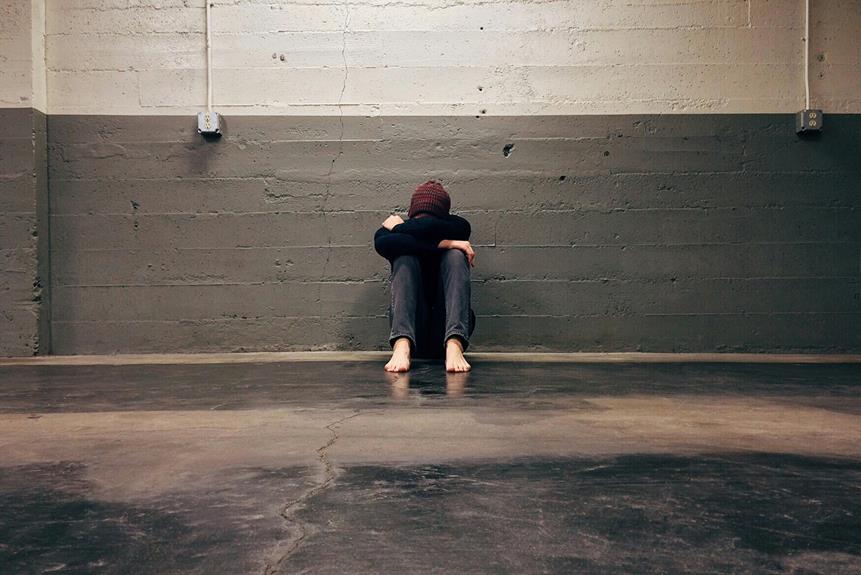Discover the fascinating world of dreads, where history, culture, and style intertwine. Delve into their origins, delve into their origins, delve into their origins, and delve into their origins. Explore the rich cultural significance and debunk common stereotypes. Learn how to maintain and style your own dreads, embracing the beauty of this unique and diverse hairstyle. Get ready to embark on a journey that celebrates individuality and self-expression. Welcome to the captivating world of dreads.
History of Dreads
To understand the history of dreads, you need to delve into their origins and cultural significance. Dreads, also known as dreadlocks, have a rich and diverse history that dates back thousands of years. The exact origins of dreads are not entirely clear, as they can be traced back to various ancient civilizations and cultures.
One of the earliest recorded instances of dreadlocks can be found in ancient Egypt, where mummies have been discovered with their hair in locked formations. It is believed that dreads were not only a hairstyle but also a symbol of spirituality and status. In ancient Egypt, dreads were worn by both men and women, and they were seen as a way to connect with the divine.
Throughout history, dreads have been embraced by different cultures around the world. In some African tribes, dreads were a symbol of strength, wisdom, and spirituality. They were often worn by warriors and spiritual leaders, signifying their connection to their ancestors and the spiritual realm.
In Rastafarian culture, dreads hold great symbolism. Rastafarians view their hair as the natural state of being, and dreads are seen as a way to express their African heritage and resistance against Western ideals of beauty. Dreads are also seen as a symbol of the lion, which represents Haile Selassie I, the former emperor of Ethiopia and a key figure in Rastafarianism.
In modern times, dreads have become popular among people from various backgrounds and cultures. They are no longer limited to a specific culture or ethnicity but have become a fashion statement and a way to express individuality and personal style.
Cultural Significance of Dreads
Explore the cultural significance of dreads and how they hold meaning for individuals and communities worldwide. Dreads are not just a hairstyle; they carry immense cultural and spiritual significance. Here are four key aspects that highlight their importance:
- Expression of identity: Dreads are a powerful way for individuals to express their cultural, ethnic, and personal identity. Many people from African, Caribbean, and Rastafarian backgrounds wear dreads as a celebration of their heritage and a symbol of pride. By embracing this hairstyle, they communicate a sense of belonging to their community and reaffirm their cultural roots.
- Resistance against beauty standards: Dreads have long been associated with counterculture movements and a rejection of mainstream beauty standards. People who choose to wear dreads often challenge societal norms and embrace their natural hair texture, rejecting the pressure to conform to Eurocentric ideals of beauty. This act of resistance promotes inclusivity and diversity within society.
- Celebrity influence: Celebrities, such as Bob Marley, Lauryn Hill, and Lenny Kravitz, have played a significant role in popularizing dreads and showcasing their cultural significance. Their influence has helped break down stereotypes and create a greater acceptance of dreads in mainstream society. By seeing these icons proudly wearing dreads, individuals are inspired to embrace the hairstyle and its cultural meaning.
- Spiritual significance: For some, dreads hold a deep spiritual meaning. In Rastafarianism, dreads symbolize a spiritual journey and a connection to God or Jah. They are seen as a way to cultivate inner strength, wisdom, and spirituality. Additionally, dreads can also represent a connection to nature and the earth, emphasizing the importance of living sustainably and in harmony with the environment.
Dreads transcend mere fashion trends; they are a cultural phenomenon that carries immense meaning for individuals and communities worldwide. By understanding their significance, we can appreciate the diverse and profound ways in which hairstyles can shape our identities and promote cultural understanding.
Evolution of Dreads in Modern Society
As you delve into the evolution of dreads in modern society, you will witness how this iconic hairstyle has continued to shape cultural norms and challenge societal perceptions. Over the years, dreads have undergone significant changes, influenced by various factors that have propelled them into mainstream acceptance.
One of the evolutionary influences on dreads in modern society is the fusion of different cultural practices. Dreads have roots in ancient civilizations such as Egypt, India, and Greece, where they held religious, spiritual, or cultural significance. As these practices spread across the globe, dreads became a symbol of unity and resistance against societal norms. In recent years, the influence of reggae and Rastafarian culture has played a significant role in popularizing dreads as a form of self-expression and cultural identity.
Furthermore, the mainstream acceptance of dreads has gradually shifted. Once seen as unconventional and associated with counterculture movements, dreads are now embraced by people from all walks of life. Celebrities, athletes, and influencers have contributed to the normalization of dreads, showcasing their versatility and beauty. This newfound acceptance has challenged societal perceptions and inspired individuals to embrace their natural hair texture, breaking free from Eurocentric beauty standards.
Debunking Dreads Stereotypes
You may often hear misconceptions about dreads, but let's debunk these stereotypes and shed light on the truth. Dreads have been subject to many myths and misunderstandings, but it's important to separate fact from fiction. Here are some commonly held misconceptions about dreads that we will address:
- Dirty and Unhygienic: One of the most prevalent myths about dreads is that they are dirty and unhygienic. This couldn't be further from the truth. Dreads, when properly cared for, can be just as clean as any other hairstyle. Regular washing, conditioning, and maintenance are essential for keeping dreads clean and healthy.
- Lack of Professionalism: Another stereotype associated with dreads is that they are unprofessional and inappropriate for the workplace. However, dreads can be styled in a neat and professional manner, allowing individuals to express their personal style while still adhering to workplace standards.
- Limited Styling Options: Contrary to popular belief, dreads offer a wide range of styling options. From updos to braids, dreads can be styled in various ways, allowing for creativity and versatility.
- Permanent and Irreversible: Dreads are often seen as a permanent hairstyle that cannot be undone. While it is true that dreads require time and effort to form, they can be undone if desired. With proper care and maintenance, dreads can be unraveled or cut, giving individuals the freedom to change their hairstyle when they wish.
Debunking these myths about dreads is essential to understanding the benefits they offer. Dreads can be a form of self-expression, cultural significance, and a way to embrace natural hair. By challenging these stereotypes, we can foster a more inclusive and accepting society that celebrates individuality.
Maintaining and Styling Dreads
To maintain and style your dreads, it is important to establish a regular hair care routine. Taking care of your dreads involves proper cleansing, moisturizing, and maintenance. Let's dive into the world of hair care for dreads and explore some popular dreadlock patterns.
First and foremost, cleansing your dreads is crucial. Regularly washing your dreads with a residue-free shampoo will keep your scalp and hair clean. Gently massage your scalp and rinse thoroughly to ensure all the shampoo is removed. It's important to avoid using products that leave residue, as this can lead to build-up and even mold in your dreads.
Moisturizing your dreads is another vital step in your hair care routine. Applying a natural oil or moisturizer to your dreads will help to prevent dryness and breakage. Be sure to distribute the moisturizer evenly throughout your dreads to ensure every strand is nourished.
When it comes to maintaining and styling your dreads, there are various patterns you can try. Some popular dreadlock patterns include the classic freeform style, where the dreads form naturally without any specific pattern. Another option is the interlocking method, where a tool is used to create neat and uniform dreads. You can also experiment with different sizes and thicknesses to achieve the desired look.


